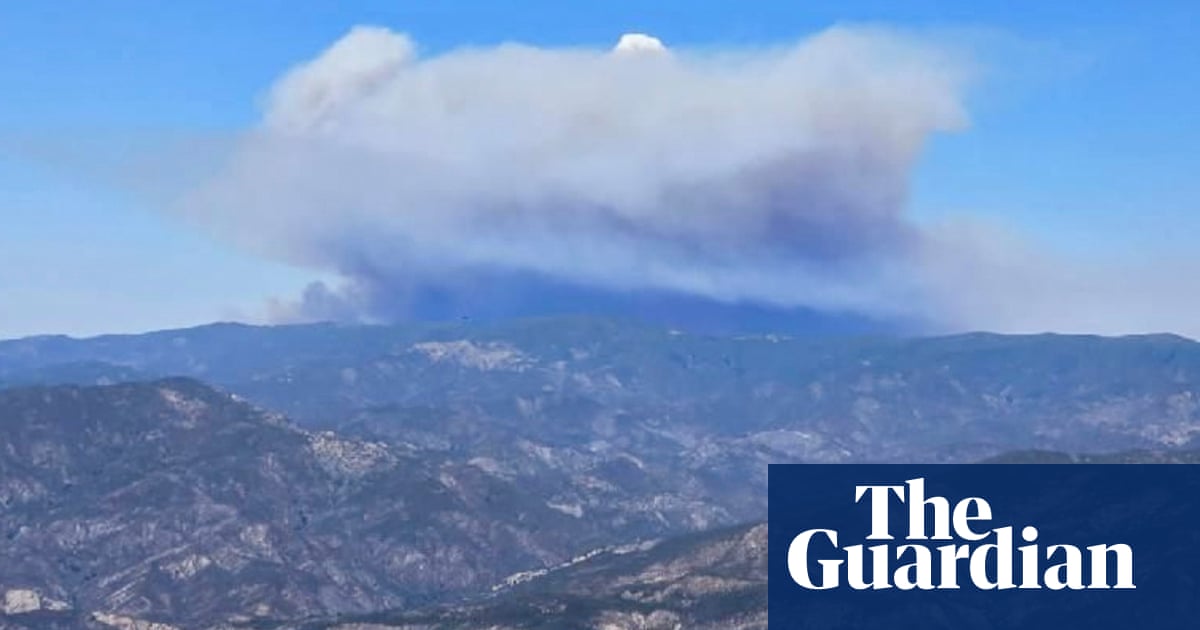Understanding Wildfire Terminology: A Glossary for California’s Fire Season
Understanding Wildfire Terminology: A Glossary for California’s Fire Season

As California grapples with its annual wildfire season, understanding key terminology is crucial for public safety and awareness. Wildfires are often measured by the number of acres burned, providing a clear picture of their footprint and spread. For context, one acre is roughly equivalent to an American football field, while a ‘megafire’ is officially defined as a blaze consuming over 100,000 acres.
Firefighter progress is indicated by the ‘containment level,’ which represents the percentage of the fire surrounded by control lines, such as fire retardant barriers or trenches. A low containment level signifies an uncontrolled blaze, while a high percentage indicates that growth is largely under control, even if the fire isn’t fully extinguished.
Public safety directives include ‘evacuation warnings,’ advising residents to prepare to leave, and ‘evacuation orders,’ which demand immediate departure due to imminent danger. The National Weather Service issues ‘red flag warnings’ when conditions like high winds, heat, and low humidity increase wildfire risk. Conversely, ‘prescribed burns’ are intentionally set fires, managed by experts like the US Forest Service, to clear flammable vegetation and reduce the risk of larger, more destructive wildfires, a practice increasingly adopted after historical suppression policies.
Disclaimer: This content is aggregated from public sources online. Please verify information independently. If you believe your rights have been infringed, contact us for removal.